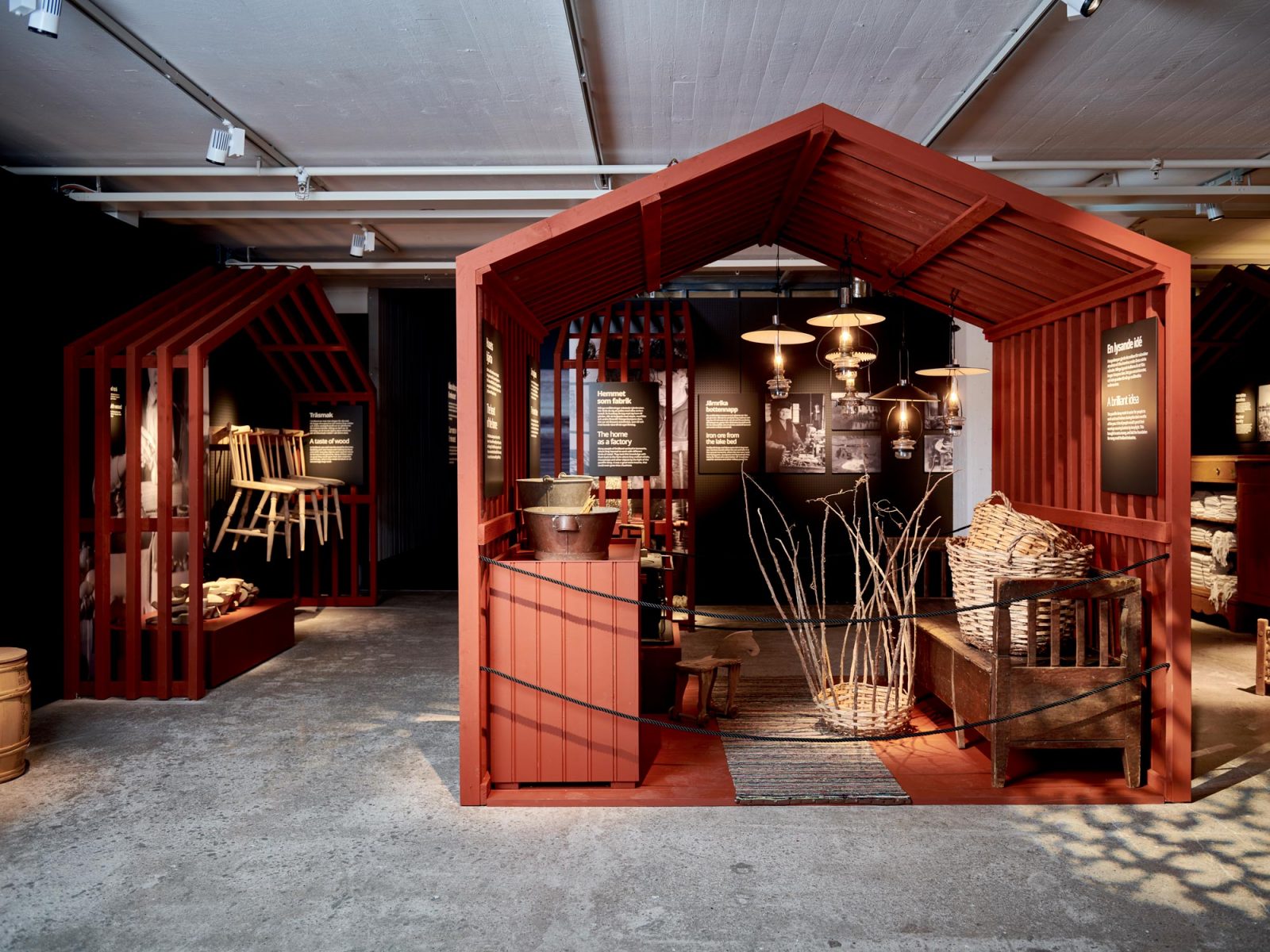In Our Roots, it becomes clear how thrifty Småland creativity, Swedish modernism and Småland entrepreneurialism formed the very embryo of IKEA. We look at what it was like to live in Småland and Sweden in the old days, and how the landscape made its own demands and shaped the people, their character and their actions. About a continuous striving to keep hunger and poverty at bay.
Smålanders have a reputation for being thrifty and creative. Perhaps that’s why they coped so well when times were hard. If there was no money to buy things, they had to make them themselves. Although the aim was primarily functional – a chair to sit on, a table to eat at – there was often also a desire to make something beautiful.



